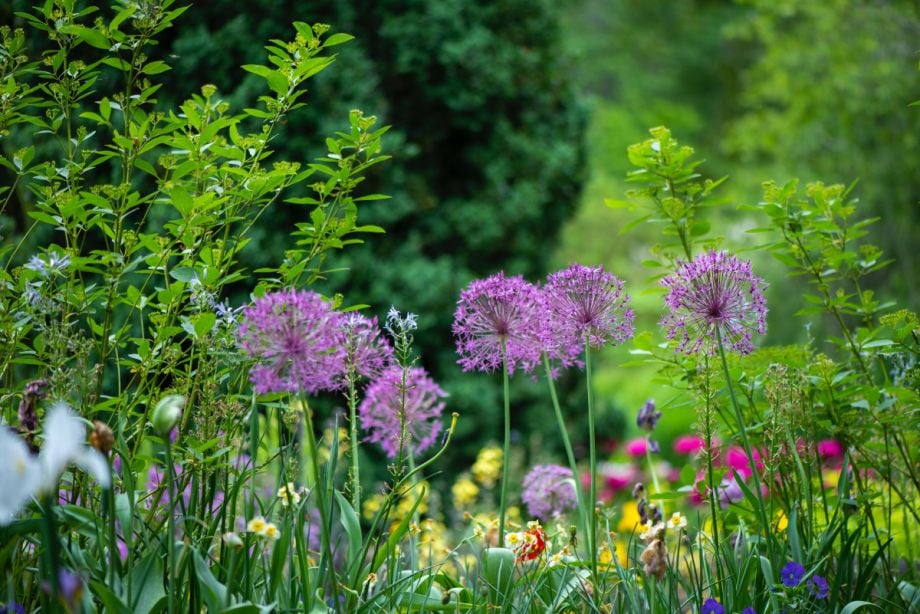
It’s Time For Cities To Rethink Lawn Policy

In a climate crisis, city ordinances should encourage us to promote biodiversity in our yards, rather than criminalizing it. Lawns are the largest cultivated crop in America, taking up an estimated 2% of land, over 40 million acres. Mowing and leaf blowing increase greenhouse gas emissions, over 70 million pounds of fertilizers contribute to algal…
Written by
Amy McEuen
–
–
Originally Published in
